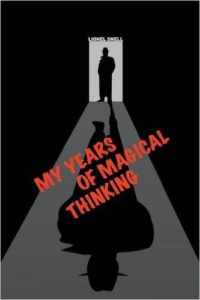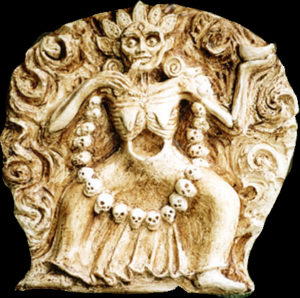Reflections on a ‘Kundalini’ experience – I
I’ve started working on an autobiographical writing project recently – looking back on some of my earlier writing, and reflecting on what experiences and ideas prompted me to do a particular piece, placing it within the context of my personal trajectory at the time, and how my ideas have changed since. An example of this process that I thought would be of interest to enfolding readers follows, an examination of the events which contributed to one of the first essays I ever wrote relating to the general subject of tantra, entitled “Kundalini: A Personal Approach”. Continue reading »


